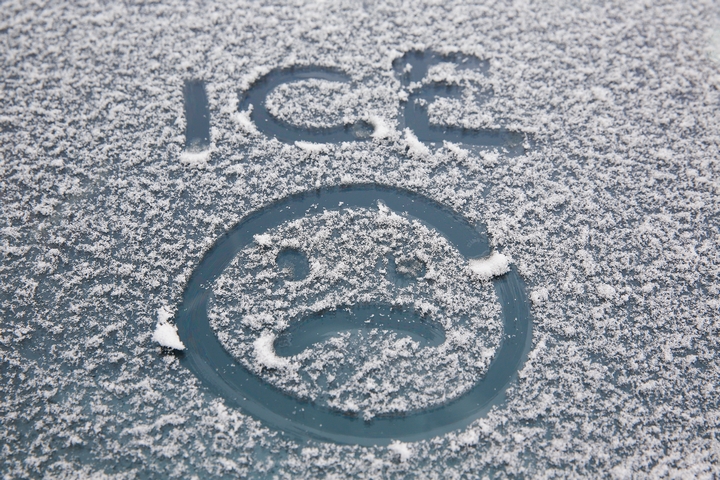For many homeowners and business owners, winter is the season of trying to find a way to melt ice as quickly and effectively as possible. Ice poses an obvious hazard. The faster it’s gone, the better. What can melt ice, however, is limited, at least in terms of what’s safe for the environment.
That said, don’t let an icy driveway or roadway intimidate you. Even in freezing temperatures, you can melt ice with the right products. You will leave the frozen ground a lot safer than it was before.
Here is what can melt ice.
Shoveling snow can melt ice.
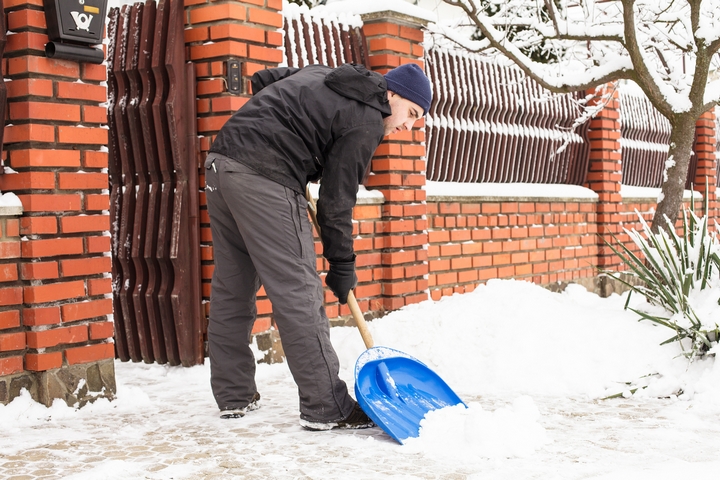
Yes, you read that right. Ice under snow is trapped. If you shovel out the ice and clear the snow away, the sun can reach it. This is a natural ice melter. Even if you don’t have time to wait for the sun, regardless, before applying any sort of de-icer, you’ve got to shovel away the snow or use a snow blower to clear out what you’re about to treat.
Hot water can melt ice.
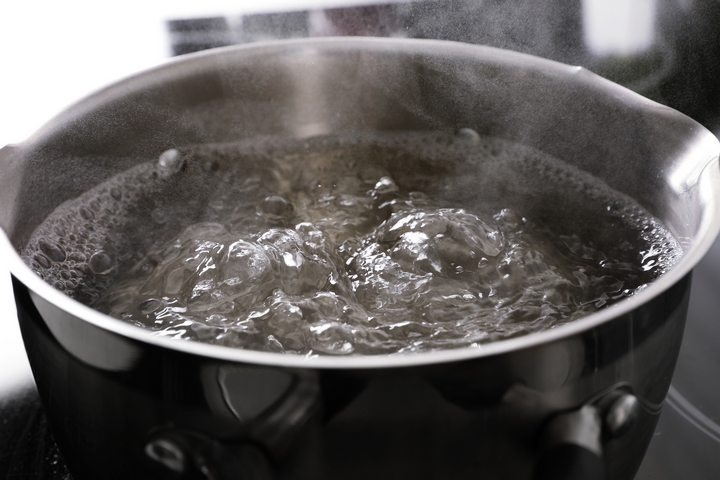
Hot water can melt ice. However, it will cool fairly quickly; when it does, it will freeze over the ice already there. Hot water melts ice fast, but have your shovel ready to break apart patches of ice and physically move the ice. Some people mix a few drops of dish soap in their hot water before applying. This is ultimately up to you. The key will always be to avoid the hot water turning into a freeze and making things worse.
Rock salt can melt ice.
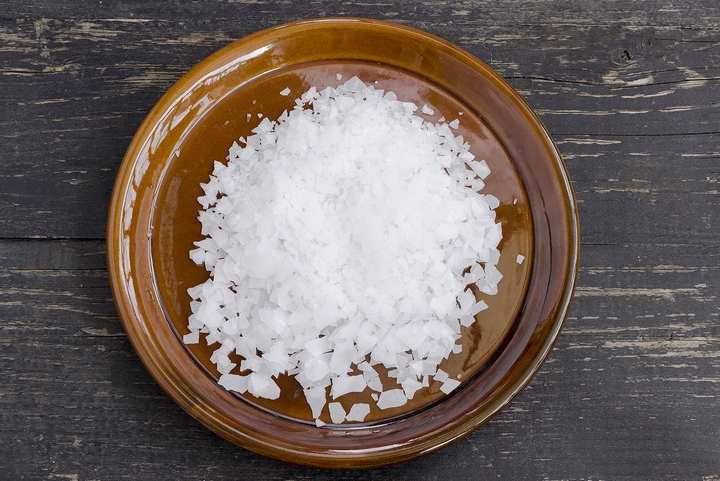
Rock salt is an effective way to melt ice. It’s been used for years. The disadvantage is that it’s incredibly toxic and damaging to the environment. It can kill your lawn plants, eat into your vehicle’s body through prolonged exposure, harm your pets, and more.
Even touching it with the naked hand can cause redness and rashes. For this reason, it’s strongly recommended to never use rock salt.
Magnesium chloride can melt ice.
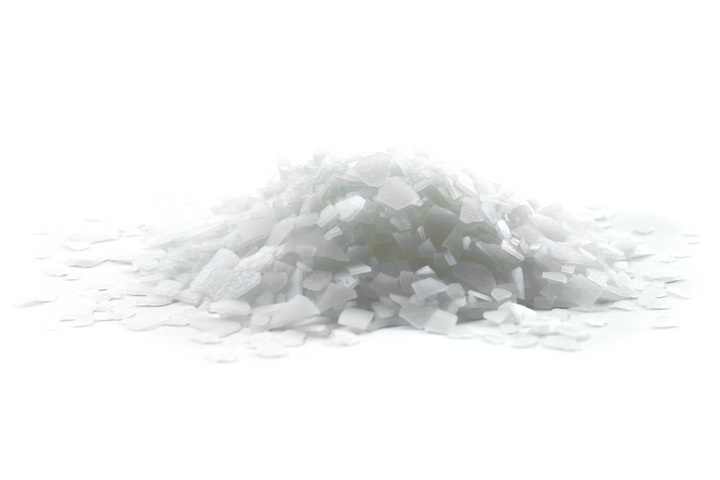
Want something similar to rock salt that is just as effective but not so toxic? That’s where magnesium chloride comes into play. Similar in design to rock salt, you can spread it across ice and have it melt without the toxic elements that come from rock salt.
Magnesium chloride bulk usage will work to melt ice quickly without any of the mess that comes with other methods. Best of all, it is also safe for pets.
Rubbing alcohol can melt ice.
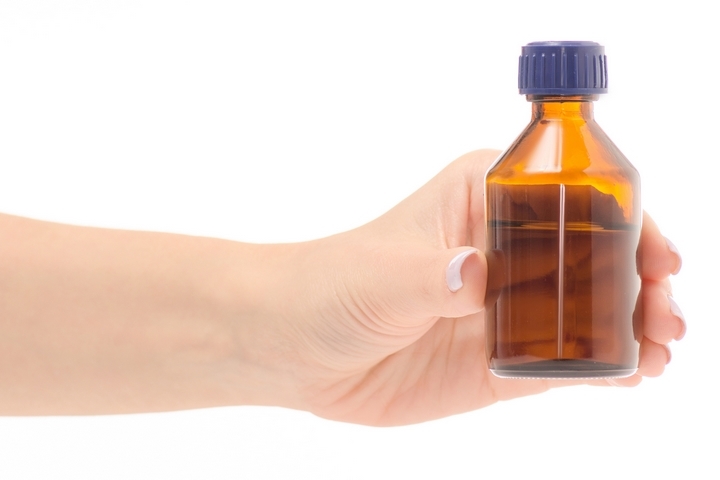
A minimum of 70% isopropyl alcohol, non-diluted, can be sprayed atop the ice, and within 30 minutes, it should eat into it so that what’s there can be easily broken and shovelled to the side. It’s key to not dilute the rubbing alcohol.
However, feel free to add hot water to tackle any overly stubborn ice patches that you do not want to give away. Should you use added hot water, as mentioned earlier, just be aware that as it cools, it could freeze over.
Vinegar can’t melt ice.
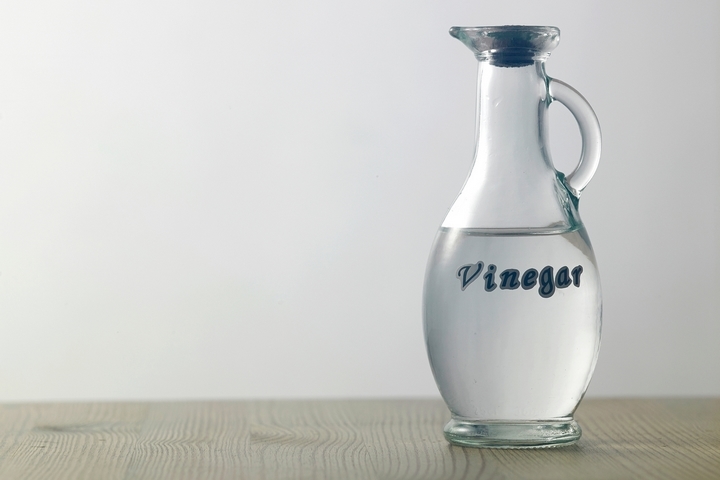
Vinegar has nearly the same freezing temperature as water. It will refreeze at the same rate and be a waste of effort if you try to melt the ice with vinegar. You might as well use hot water or do one better and use rubbing alcohol instead. There is no way that vinegar’s acidity will work fast enough to melt ice as you expect it will.
Sand and kitty litter can’t melt ice.
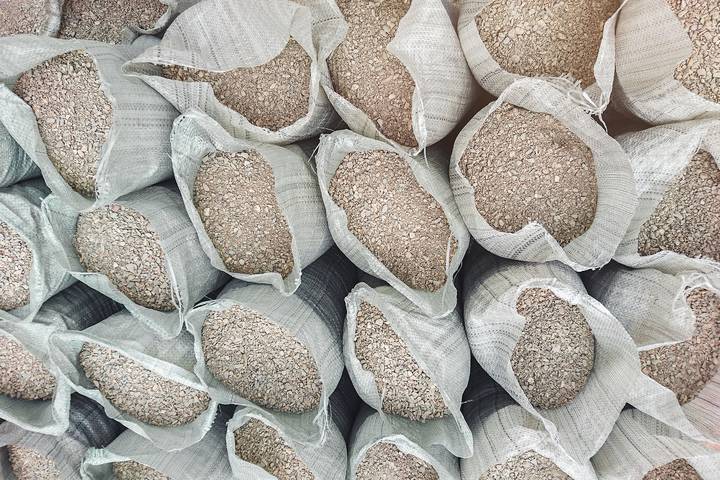
Though sand absorbs sunlight, it probably does not do much more than add traction over the ice. Kitty litter will do much of the same, adding traction but leaving behind a clumpy mess requiring cleanup. If you’re seeking an alternative to rock salt, it’s best to try other methods than attempting to use sand or kitty litter. They ultimately are just not that effective.
Sugar beet juice can melt ice.
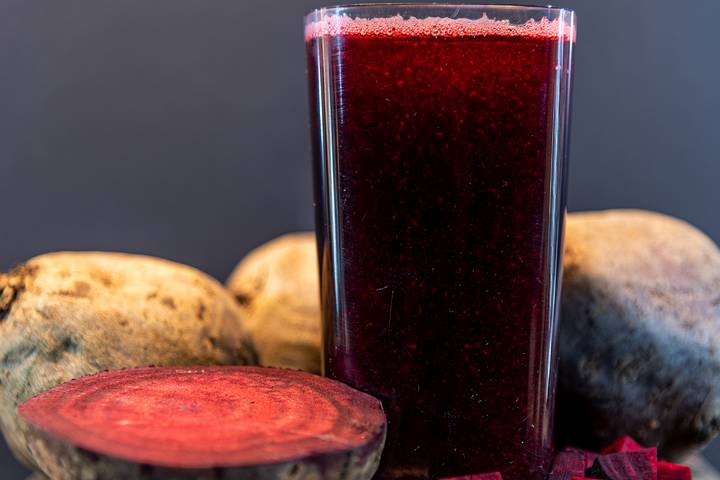
In terms of natural products, you will find few that work to melt ice. Sugar beet juice, however, does. The chemical composition of sugar beet juice is similar to rock salt but with none of the toxicity.
It is extremely effective at melting ice except for a massive issue, and it can potentially stain concrete, driveways, porches, and walkways. For this reason, it’s probably best not to risk it.
Portable snow melting mats can melt ice.
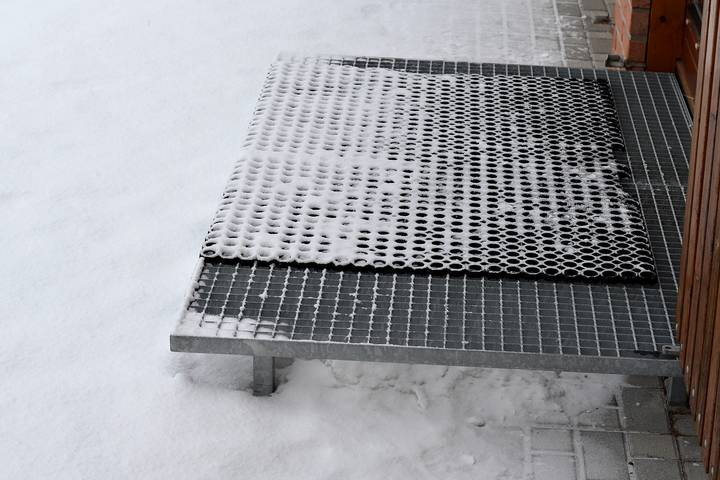
A portable snow melting mat is a heated mat. It is generally used in walkways and entryways but can be used on roadways, parking lots, and driveways, depending on the surface area you must cover. Take your snow-melting mats and lay them out as needed.
Though they can be cumbersome to move and set up, portable snow-melting mats work and are a keen alternative to rock salt.










